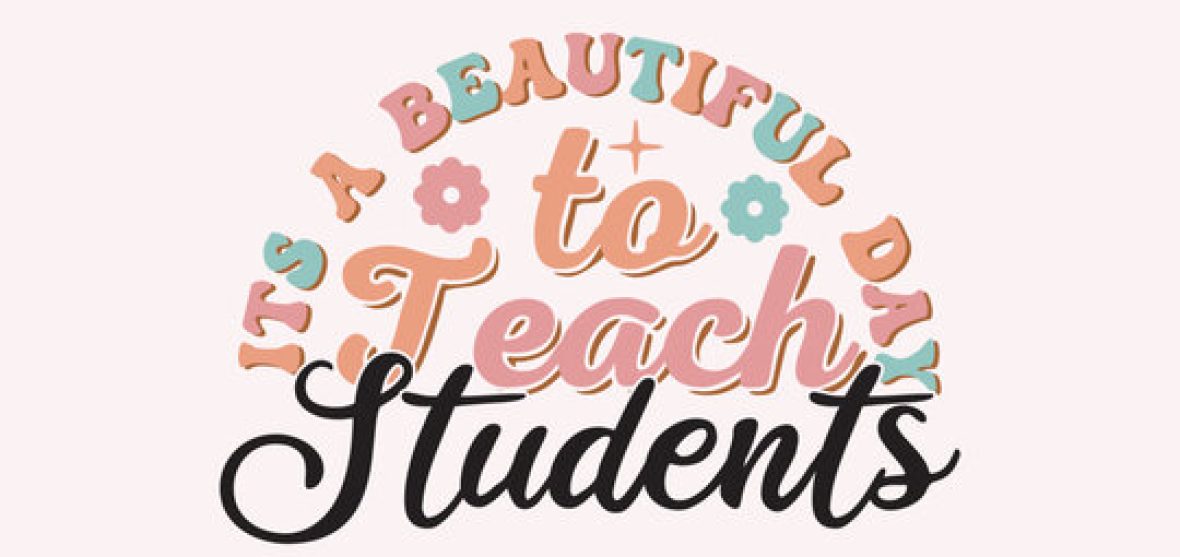In other university classes, I have learned a small portion of what “we are all treaty people” meant. As I have taken this class, I have come to understand that “we are all treaty people” is more than just me living on treaty four land right now. It extends to the fact that I am a settler and my family are settlers and that I have travelled and settled in Canada. I learned in high school that First Nations people lived on Canadian land before it became Canada. During last weeks class, the stuff I learned in high school (and how sad is it that I learned this in high school only) started to really make sense when talking about Treaties and living on treaty four land.
I think that to live the spirit and intent to treaties is to be aware. I need to be aware of my background as a white settler who came to Canada. I need to be aware that some people lived in Canada before it was even called Canada. I also need to be aware of the importance of treaties and why they were created. I think that being aware of these ideas is very important, but there is things that I can do to live the spirit and intent of treaties as well. I think it is so very important to be appropriate in terms of talking about treaties and naming. Like Chelsea Vowel says, names are important and they are part of our world. We need to be aware as to not label people or make a single story out of things. I was watching a video for another class about the single story. Feel free to click on the link to understand more of what I mean by “the single story.” Anyways, it talked about in this video how people see only the single story of what they know about certain things such as culture. One part of the video made me think about how when we talk about the European Colonization we automatically go to the European side first. Why not talk about and discuss the First Nations side first? I strongly believe that we need to be aware of what we do as it does have an impact on things in todays world.
To live the spirit and intent of treaties, I think is to teach the spirit and intent of treaties as well. We all know that teaching treaty education should not just be one unit or one lesson. I think teaching the intent of treaties means teaching the harsh or scary information that we may not like to talk about. Obviously there is a correct age to teach this content to, but I think that the younger the students learn these things, the better. Students should grow up with this knowledge and not just learn it in high school like I did. It should be something that they know and can understand from a young age. Keeping it age appropriate of course. Bottom line, I want to teach the spirit and intent to students so they can understand how important and essential they are.



 Photo Credit:
Photo Credit:  Photo Credit:
Photo Credit: 
